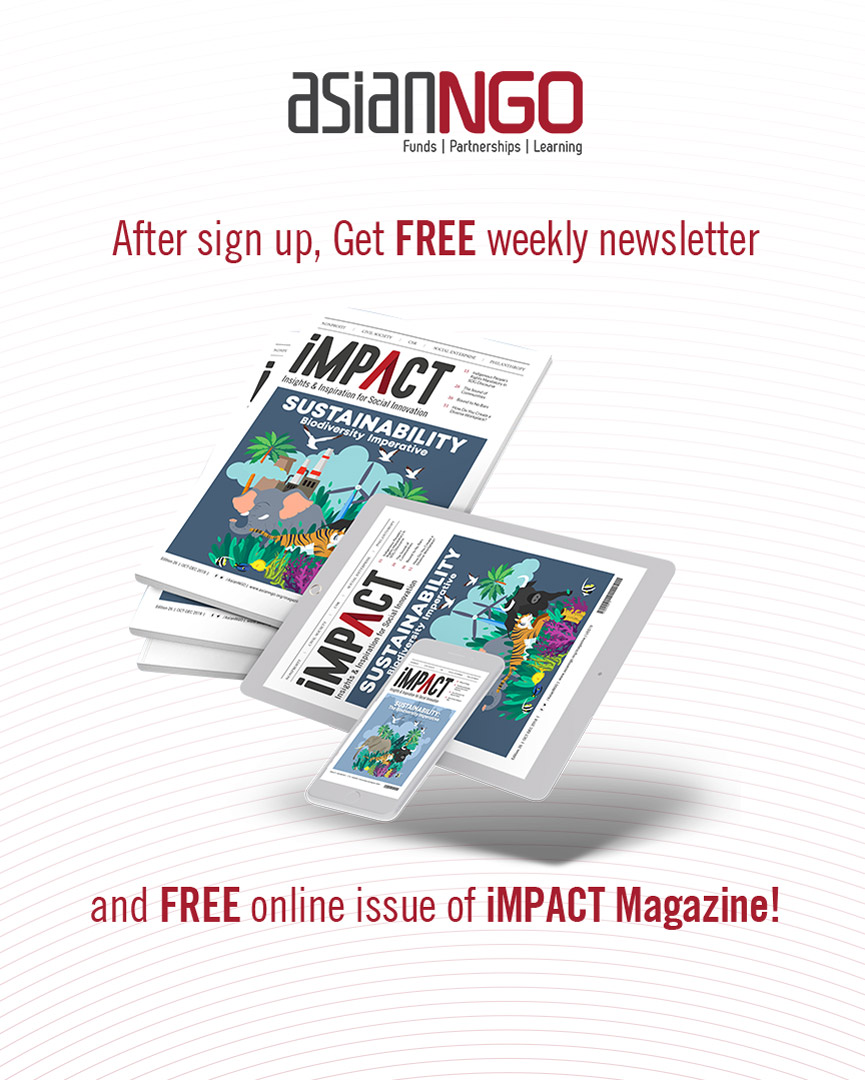A well-planned induction program for a new Board member helps add value to the governance structure, writes Aarti Madhusudan.
You have invited a friend, or someone who is an expert in their field, to be on the Board of your non-profit organization. What’s next?
Oftentimes, the founder/CEO spends some time with the new Board member introducing them to the organization and its plans, and they are left to perform wonders. The enthusiasm of the new Board member carries them through a few Board meetings. Value add occurs until the founder struggles to provide the required attention. The Board member starts to have other priorities, the struggle to engage begins… and a long painful journey often follows.
Earlier articles have discussed making the choice to invite a person to the Board basis the role that is expected of them, and a Board plan as a mechanism to keep the Board invested in the organisation. Testing for this periodically ensures that Board performance is institutionalised in the governance of the organisation.
However, many organisations fail to properly induct their Board member. The assumption is that the individual can just get started basis a few conversations. Nothing is further than the truth.
Why must a Board member go through a formal induction?
-
It communicates the seriousness of the intent to engage with the Board member.
-
It provides information on the history of the organization, and its growth and impact trajectory, so the new Board member can determine how they would like to be part of the legacy that is being built.
-
It provides insights into existing Board dynamics. Giving new Board members insights into how the Board behaves, and what each Board member brings to the table puts the new joinee in a position of great comfort, since they can now plan the responses of their involvement more strategically and seamlessly without stepping on anyone’s toes.
-
Lastly, an induction, if done well, enables the Board member to understand the organisational ethos and culture which directly impact their own engagement with the organisation’s staff, CEO/founder, and the rest of the Board.
How does one plan for a good induction?
Communicate that there is one and that it is mandatory for the Board member to participate in the same before the first Board meeting. Some organisations plan it along with the first meeting. This is sub-optimal but it’s better than not having one at all.
A good induction will require the investment of a day at least by both the Board member as well as key people in the organisation.
What goes into a good induction?
| WHAT | HOW |
| Introduction to the organisation – staff, Board and others |
E-mail message from the Chair or CEO to all staff, key donors, and other stakeholders and partners |
| Vision, Mission and Values of the organisation | Conversations with the CEO/Founder and existing or past Board members |
| The organisation’s programmes, the impact on beneficiaries, methods, plans for the future |
Senior Senior programme staff /CEO provide an overview |
| Documents, reports, and other reading material | |
| Visit to the field | |
| Interactions with the beneficiaries | |
| ntroductions to other donors (one/two) who support the programme to get a perspective of why this programme was attractive for them to support. | |
| Finance |
The auditor, head of accounts, or the CEO provides the top-line numbers, how funds are utilised, budgets for the coming year, sources of funding, allocation, etc.
|
| Minutes on allocations, earlier resolutions passed, etc. provide an insight into HOW decisions are made on money | |
| Internal Relationships | Chief of staff, CEO share how the organisation is structured, what are the work dynamics, who does what and how decisions are made |
| Compliance | One conversation with the organisation auditor with all legal documents explained and ensuring that this is clearly understood by the Board member |
| Conflict of interest policy / disclosure policy |
Sign off that the Board member will not use her/his position in the organisation for any personal gain perceived or actual. All other associations and relationships with other constituents organisations, if any, will be disclosed and made available by the board member |
| Individual Expectations | Chair/CEO / founder clearly outline expectations of the Board member, including the support that will be provided by the organisation to carry out the duties in the role |
| How NOT to behave and what NOT to do |
Clearly articulating this helps set the expectations clearly, especially in terms of Board dynamics. Having a Board buddy or mentor is helpful in ensuring that the Board member is eased into the culture of the organisation and establishes comfort in the interactions more seamlessly . |











